Project Demo
Introduction
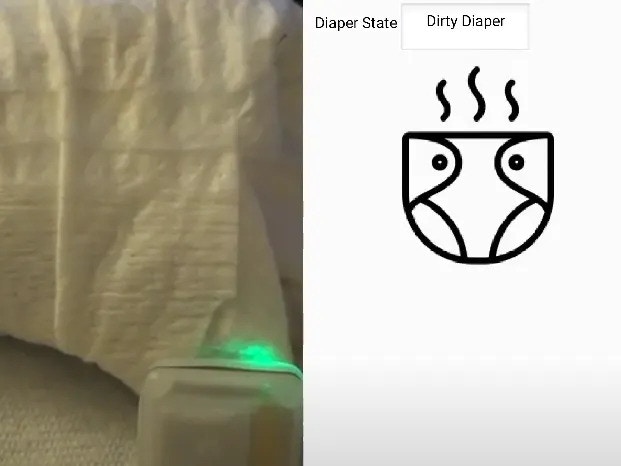
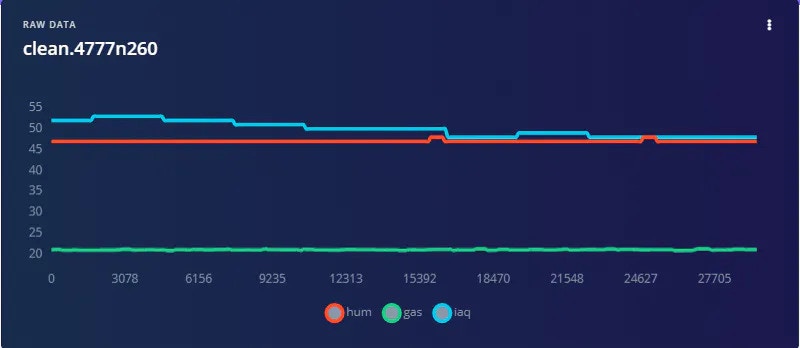
A clean reading has a much lower IAQ reading than a dirty diaper
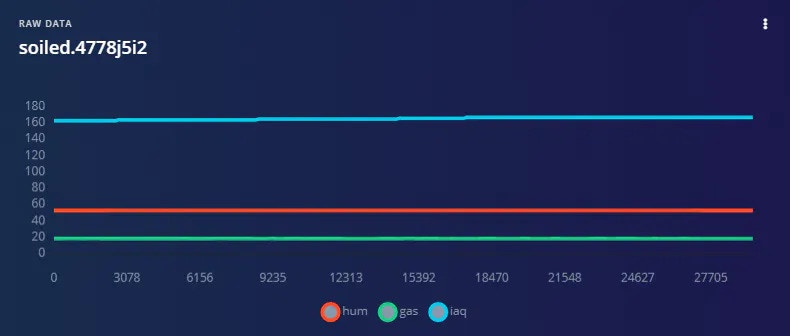
A dirty diaper has a much higher IAQ reading. The gas reading decreases as well.
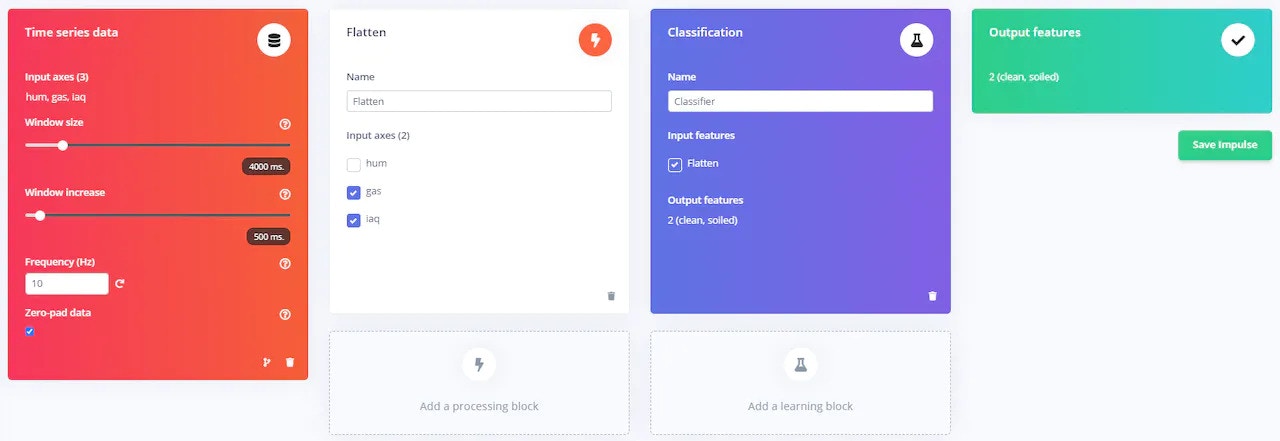
Impulse using IAQ and gas sensor data

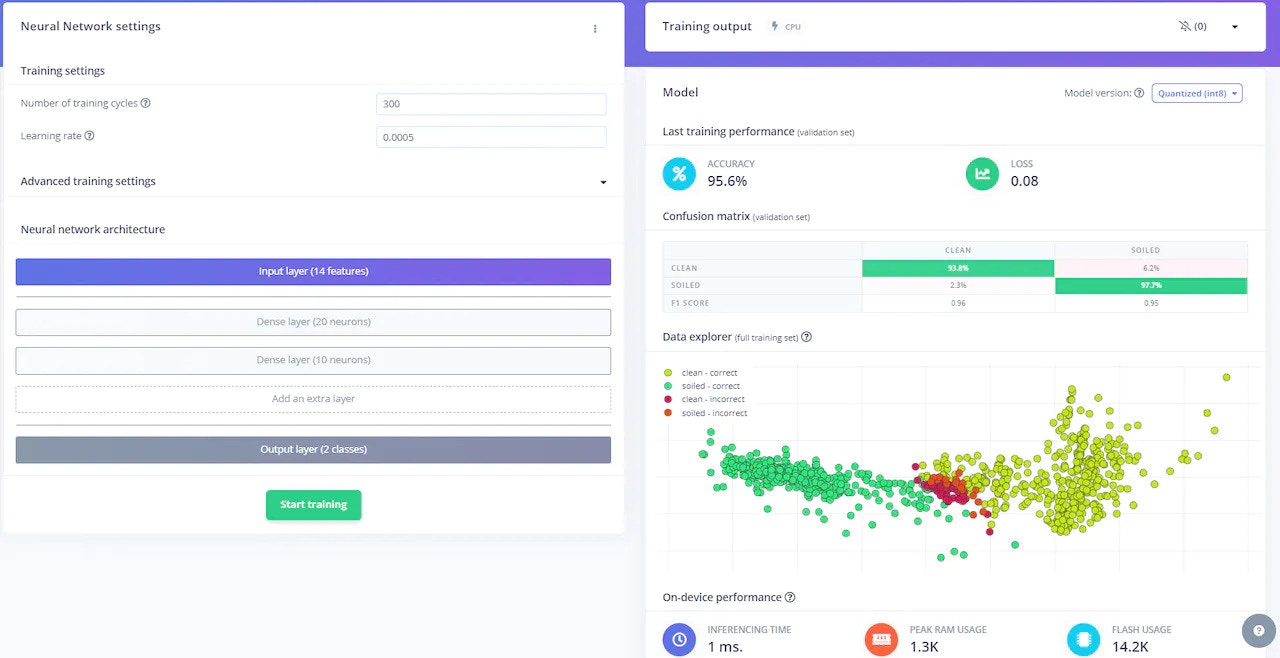
Training the model
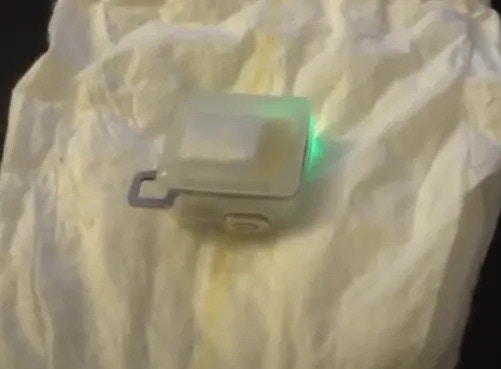
The green LED indicates a connection to the Android app.
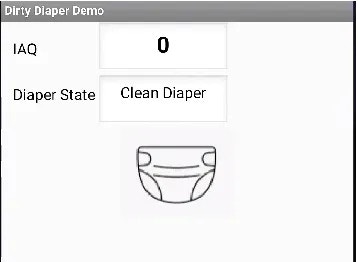
App with a clean diaper inference
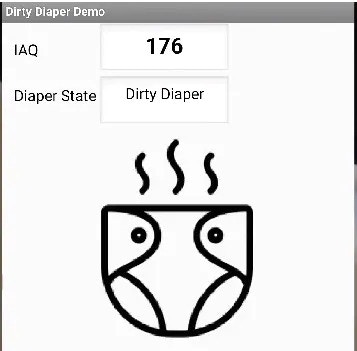
App with a dirty diaper inference